What Is The Farthest Binoculars Can See ?
The farthest distance that binoculars can see depends on various factors such as the quality and magnification power of the binoculars, atmospheric conditions, and the size and brightness of the object being observed. High-quality binoculars with powerful magnification can potentially allow you to see objects that are several miles away, such as distant mountains or landmarks. However, it is important to note that binoculars have limitations and cannot see indefinitely far. Additionally, factors like haze, fog, or other atmospheric conditions can affect visibility and reduce the distance at which objects can be seen clearly.
1、 Maximum Magnification of Binoculars
The maximum magnification of binoculars refers to the level at which the object being observed appears larger and closer. However, it is important to note that there is a limit to how far binoculars can effectively magnify distant objects. The farthest distance that binoculars can see is not solely determined by their magnification power, but also by factors such as atmospheric conditions, the size and brightness of the object, and the quality of the binoculars themselves.
In general, the maximum magnification of binoculars is around 10x to 16x. Going beyond this range can result in a decrease in image quality due to factors like image shake and reduced brightness. Higher magnification binoculars may also have a narrower field of view, making it more challenging to locate and track objects.
When it comes to the farthest distance binoculars can see, it largely depends on the size and brightness of the object being observed. For example, on a clear day, binoculars with a magnification of 10x can allow you to see objects such as ships or buildings up to several miles away. However, trying to observe objects that are extremely far, such as stars or planets, would require much higher magnification and specialized equipment like telescopes.
It is worth mentioning that advancements in technology have led to the development of more powerful binoculars with higher magnification. However, even with these advancements, the farthest distance that binoculars can effectively see remains limited by the factors mentioned earlier.
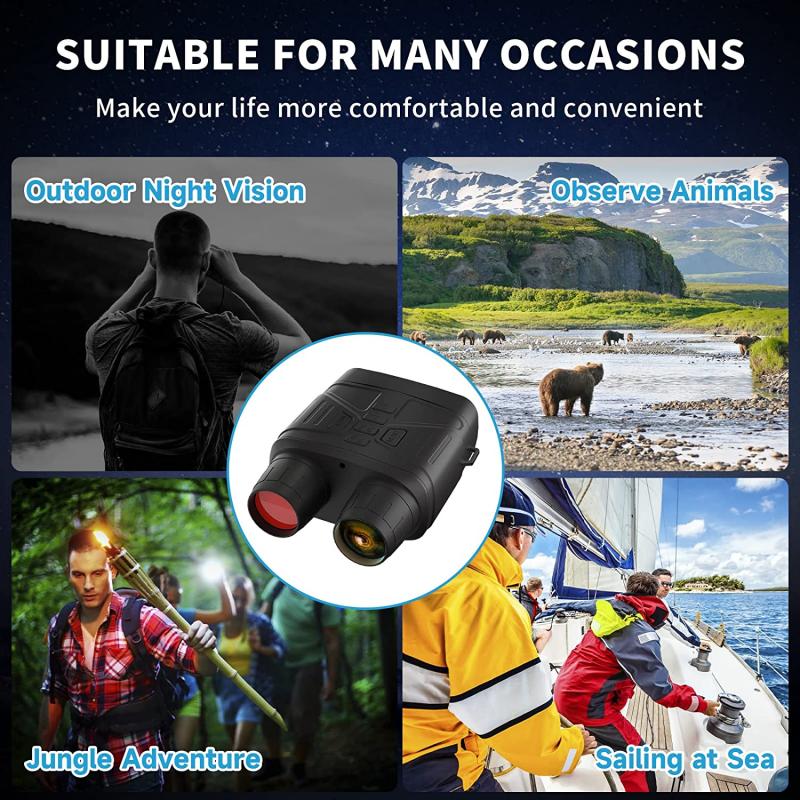
2、 Atmospheric Conditions and Binocular Visibility
The farthest distance that binoculars can see is determined by various factors, including atmospheric conditions and the quality of the binoculars themselves. Atmospheric conditions play a significant role in limiting visibility, as they can cause distortion, haze, and other optical effects that reduce the clarity and range of binoculars.
Under ideal conditions, binoculars with a high magnification power can potentially see objects up to several miles away. However, in reality, the maximum distance that binoculars can effectively see is often much shorter. This is due to the presence of atmospheric particles, such as dust, water vapor, and pollutants, which scatter and absorb light, reducing visibility.
The clarity of the atmosphere is influenced by factors such as humidity, temperature, air pollution, and altitude. For instance, on a clear day with low humidity and minimal air pollution, binoculars may be able to see objects at a greater distance compared to a hazy or foggy day. Similarly, binocular visibility tends to be better at higher altitudes where the air is thinner and contains fewer particles.
It is important to note that the quality of the binoculars themselves also plays a crucial role in determining the maximum distance of visibility. Higher-quality binoculars with superior optics and larger objective lenses can gather more light, resulting in better visibility and the potential to see objects at greater distances.
In recent years, advancements in technology have led to the development of binoculars with improved optics, coatings, and image stabilization features, which can enhance visibility and extend the range of observation. However, even with these advancements, the maximum distance that binoculars can see is ultimately limited by atmospheric conditions and the inherent properties of light.
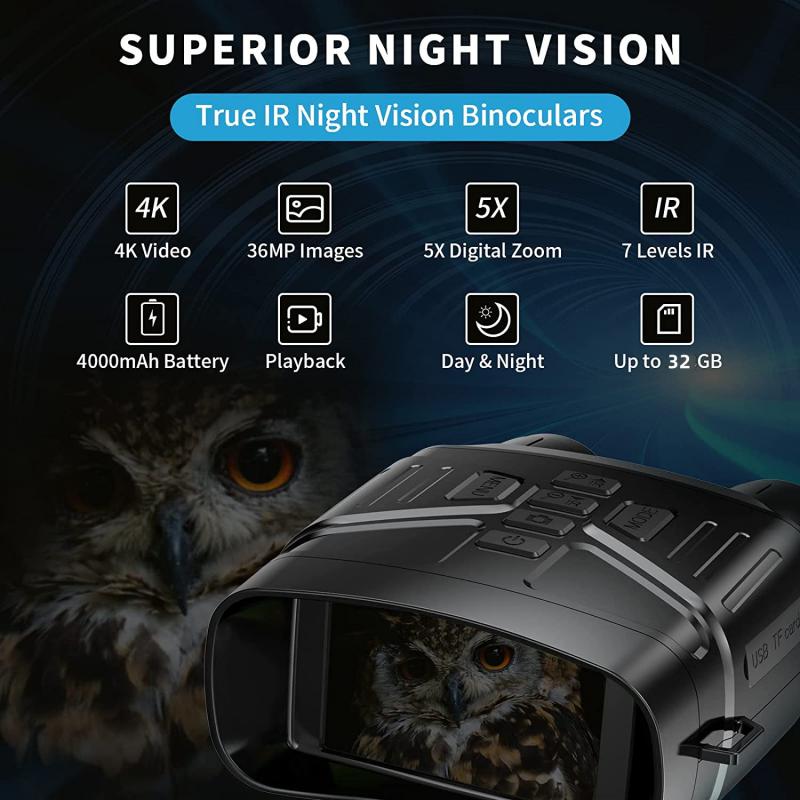
3、 Optical Quality and the Farthest Distance Visible with Binoculars
The farthest distance visible with binoculars is determined by several factors, including the optical quality of the binoculars, atmospheric conditions, and the observer's eyesight.
In terms of optical quality, the maximum distance that binoculars can see is limited by the resolving power of the lenses and the magnification capabilities. Higher quality binoculars with larger objective lenses and higher magnification will generally allow for better long-distance viewing. However, it is important to note that even the best binoculars have limitations, and there is a point at which the image quality will degrade due to factors such as atmospheric distortion and the limitations of human vision.
Atmospheric conditions also play a significant role in determining the farthest distance visible with binoculars. Factors such as air pollution, humidity, and temperature inversions can all affect the clarity of distant objects. On a clear day with minimal atmospheric interference, binoculars may be able to see objects several miles away. However, in less favorable conditions, the visibility may be significantly reduced.
Lastly, the observer's eyesight is a crucial factor. People with better visual acuity will be able to see farther with binoculars compared to those with poorer eyesight. Additionally, factors such as age and eye conditions like astigmatism can also impact the maximum distance visible.
It is important to note that there is no definitive answer to the question of the farthest distance visible with binoculars, as it can vary greatly depending on the aforementioned factors. However, under optimal conditions, it is possible to see objects several miles away with high-quality binoculars.
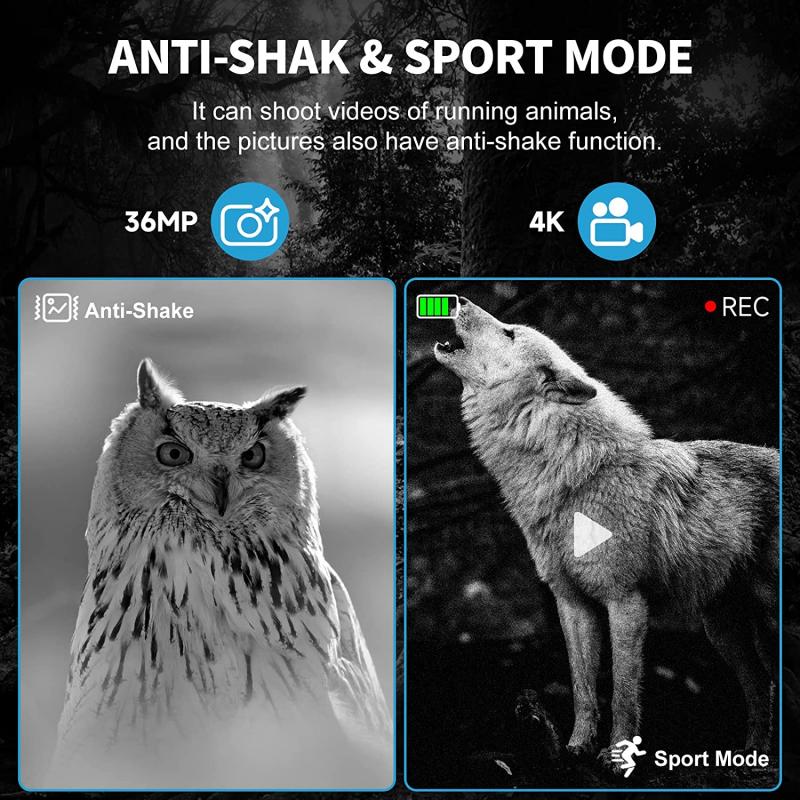
4、 Technological Advancements in Long-Range Binoculars
Technological advancements in long-range binoculars have significantly improved their capabilities over the years. These advancements have allowed binoculars to achieve impressive magnification and clarity, enabling users to see objects at great distances. However, it is important to note that the farthest distance binoculars can see is not solely determined by the technology itself, but also by various external factors.
The maximum distance that binoculars can see depends on factors such as atmospheric conditions, the size and brightness of the object being observed, and the quality of the binoculars themselves. In ideal conditions, with high-quality binoculars, it is possible to see objects several miles away. However, it is important to remember that the clarity and detail of the image may decrease as the distance increases.
It is worth mentioning that the concept of "farthest" is subjective and can vary depending on the purpose of observation. For example, military-grade binoculars are designed to provide clear vision at longer distances compared to binoculars used for recreational purposes. These specialized binoculars often incorporate advanced technologies such as image stabilization and enhanced optics to achieve greater magnification and clarity.
In recent years, advancements in technology have led to the development of digital binoculars that combine traditional optics with digital imaging capabilities. These binoculars can capture images and videos, and some even offer features like image stabilization and long-range zoom. With these digital binoculars, users can capture and record distant objects with greater ease and convenience.
In conclusion, the farthest distance binoculars can see depends on various factors, including atmospheric conditions, object size and brightness, and the quality of the binoculars themselves. While it is difficult to provide an exact distance, advancements in technology have significantly improved the capabilities of long-range binoculars, allowing users to observe objects at great distances with enhanced clarity and magnification.
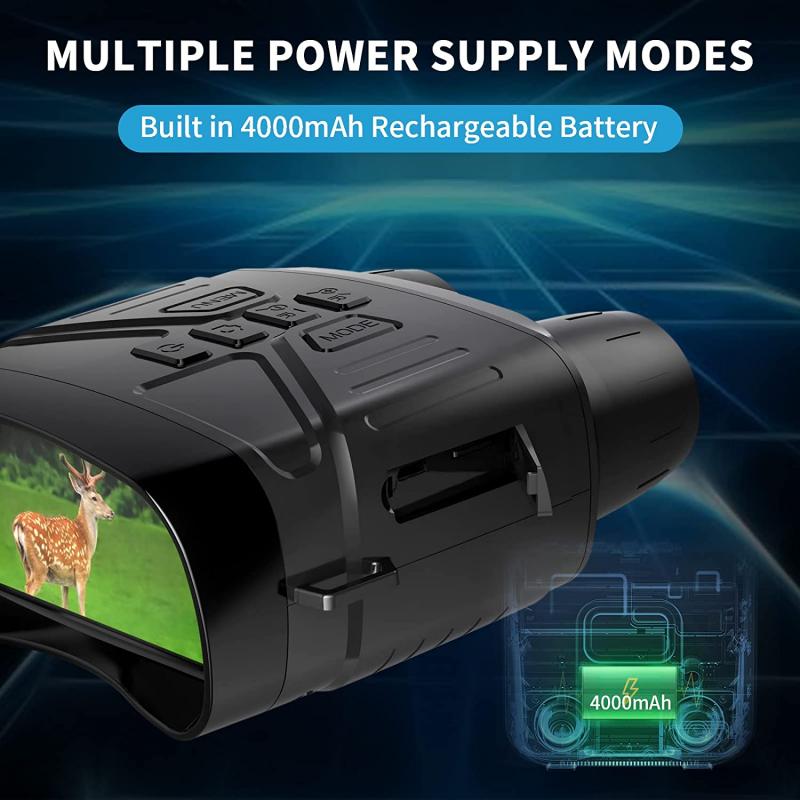

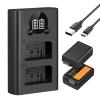









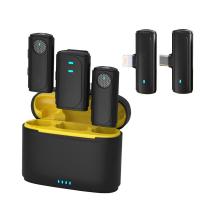

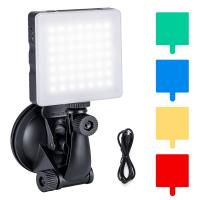
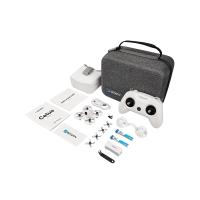

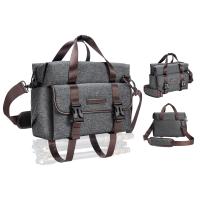
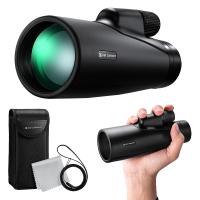
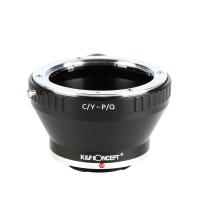

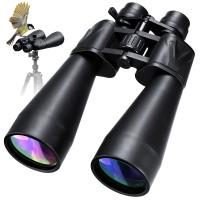

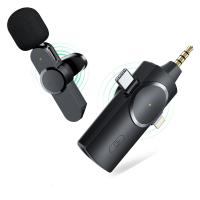

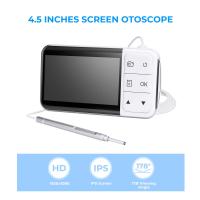

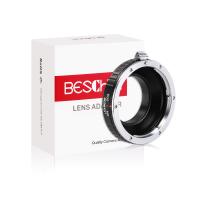
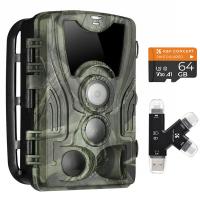
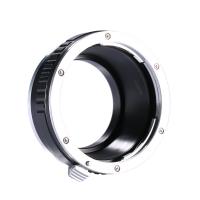

There are no comments for this blog.